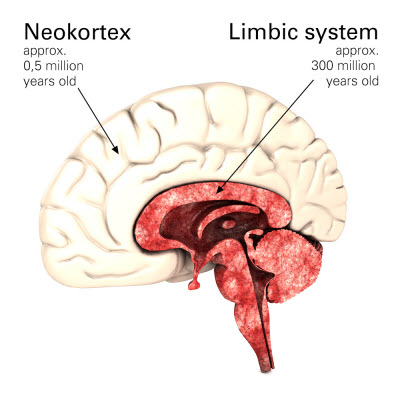
What’s the most important thing about sales? Although many marketing experts will start by telling you that emotions are essential, they immediately evoke the myth of the rational customer and add the caveat that emotions by themselves are irrelevant if the price isn’t right.
For example, for a woman out on the high street, there’s a huge difference between a creased blouse in a sale and the same blouse proudly displayed individually in an upmarket boutique. The two garments arouse different emotions in her. Studies have shown that the surroundings have a substantial influence on a customer’s price sense. That’s why she’ll be willing to pay more for the same blouse in a boutique than when it’s in the bargain bin.
It goes without saying that the same principle applies to used car marketing. The overall impression of a car dealership right down to the presentation of individual vehicles is a crucial factor as customers decide whether to make a purchase. Customers expect better quality presentation to mean higher prices and are willing to accept this in the purchasing process. However, this formula is unfortunately no guarantee for successful sales. It only works when customers develop positive emotions.
There is a certain type of customer who is very receptive to high-quality offerings whenever they enter the impeccably presented brand world of a car dealership. Then again, many customers have mixed feels on entering these painstakingly designed shrines of glass and metal. Most customers primarily require just one positive emotion: trust. Only then will they be receptive to buying.
As psychologist Hans-Georg Häusel explains: “The rational element of our brain revolves around maximizing our positive emotions by means of our actions.” What the marketing experts forget is that once very positive emotions have been aroused and consumers feel secure and understood, the significance of facts and figures – and this includes prices – quickly fades.
The brain welcomes emotions
Emotions play a central role in our brain. They arise in the limbic system, which is why it’s also known as the emotional powerhouse. This part of our brain is several hundred million years older than the neocortex, which is involved in conscious thought.

The limbic system is like a doorman whose main job is to evaluate and filter within a fraction of a second the thousands of impressions that assail us every day. Only one criterion is involved: Is the incoming information relevant to the survival of the organism – or not? Information which doesn’t elicit any significant emotions is classified by the limbic system as irrelevant and immediately deleted. Language does not by itself trigger emotions if mental images aren’t conjured up at the same time. That’s why the limbic system can only be reached through the five senses: hearing, seeing, smelling, tasting, feeling.
Seen from today’s perspective, many situations in our modern world are no longer appropriately evaluated by the limbic system. The reason is that we are simply unable to influence this system which has been in existence for millions of years. For example, why are so many people frightened of spiders and snakes in a way which, from a modern point of view, is totally irrational? Clearly, in today’s culture, more people die in car accidents than from snakebites, and hardly any of us come face-to-face with life-threatening species. On the other hand, we have no primeval fear of cars – even though all it takes is a moment of carelessness to make them just as deadly.
Information must have an emotional significance; if it doesn’t, it won’t be able to get past the ‘doorman’ which is the limbic system. Neuroscientists have demonstrated in a raft of studies that we follow emotional content more attentively and remember it better. This is why images are so important to sales. They convey emotions more easily and quickly than words. A picture showing cheerful people, stunning landscapes or a fast car directly appeals to used car customers via the limbic system. By contrast, reams of technical information in tiny lettering stuck to the windshield trigger hardly any emotions. This flood of non-emotional information doesn’t just garner little attention; at worst, the customer may feel overwhelmed and put off from buying – especially if they also have to choose between a number of very similar vehicles and haven’t already lost their heart to one particular car owing to other emotional reasons.
Therefore, price is irrelevant if the emotions aren’t right, because the limbic system will always deter our consciousness. It takes decisions and filters information in next to no time in accordance with its own criteria moulded by knowledge dating back millions of years. It doesn’t matter whether these criteria are fair and appropriate in the current situation. In fact seen purely rationally, they may be completely irrelevant. The bottom line is that a sale is only possible if the customer’s emotional system is positively addressed. And this goes not just for new car customers, but also for buyers of used cars in particular.




